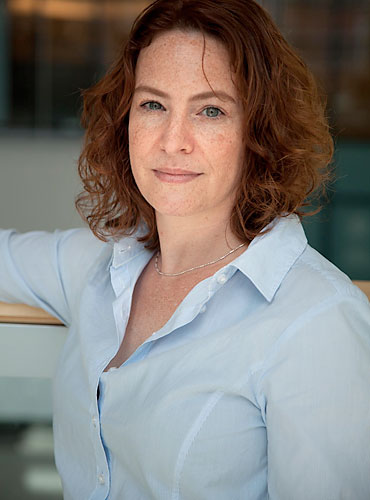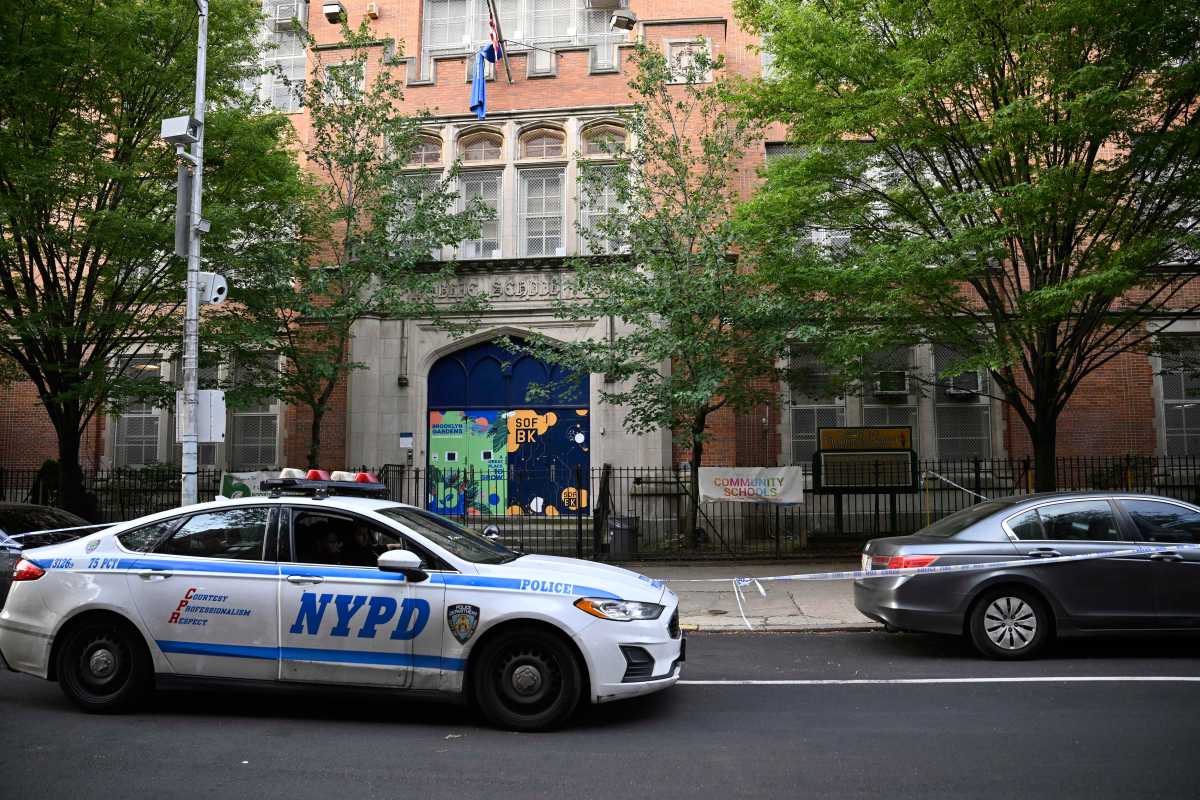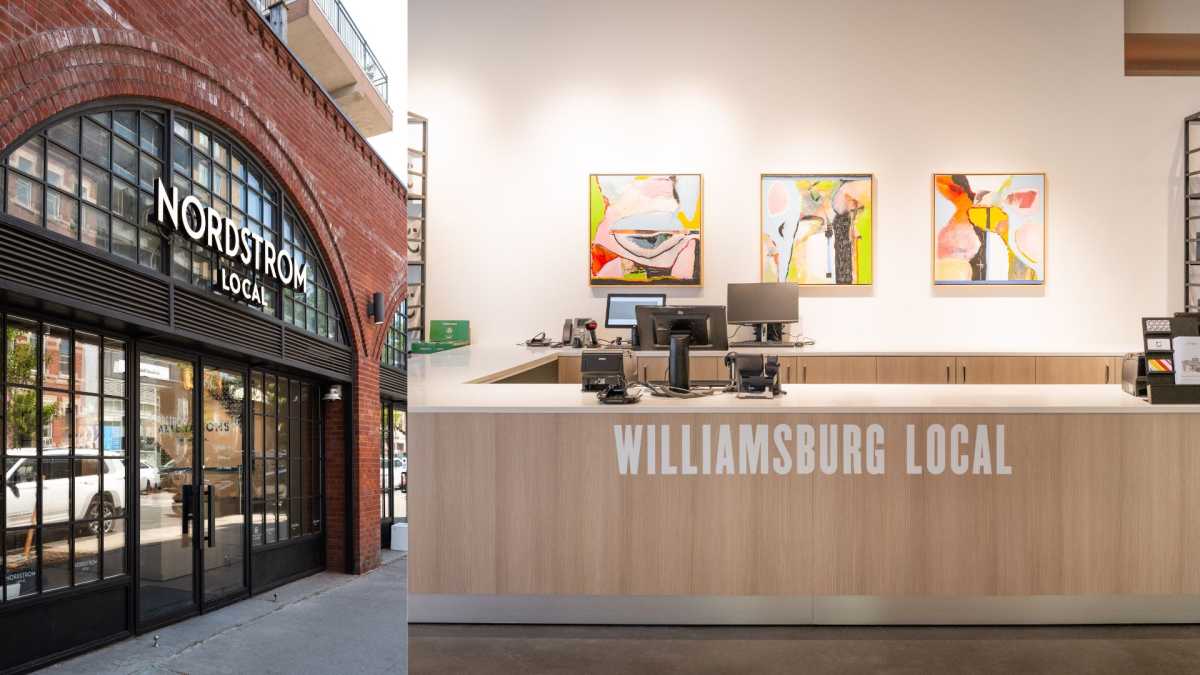In the wake of a series of investigations into a nonprofit founded and controlled by Assemblyman Vito Lopez, we asked a Baruch College professor who has researched the charity to explain how it all works:
In the heyday of the political machine, close relationships between local elected officials and voters in their district were commonplace. These relationships were based on an exchange of valuable goods. Elected officials distributed food, coal, legal assistance, government jobs, and other resources to needy local residents. In return, residents gave one of the few resources they controlled: their votes on Election Day.
Tammany Hall, which ruled New York politics for 80 years, epitomized this model of governance in the 19th and early-20th centuries.
Today, the strong political party organizations that made the machine possible have mostly disappeared, the result of a dramatic decline in the resources they control. In contrast, community organizations have seen the resources under their control expand as public services have been increasingly privatized — that is, contracted out to private organizations rather than delivered directly by government agencies and employees.
When public funds flow to a particular community organization, it is able to offer resources to local residents. These include, in addition to the housing, day care, youth development, drug treatment, and other services that the organization has contracted to provide, jobs in the organization itself. Community organizations in poor urban neighborhoods like Bushwick are thus structurally positioned to reprise the role of the political machine — despite the consensus among most social scientists that the machine is dead. Like the machine, today’s community organizations can organize voters to affect the allocation of public resources (service contracts) and can direct those resources to specific person within neighborhoods (patronage).
The political machine organized voters by distributing patronage as part of a direct exchange between voter and party. Ridgewood Bushwick Senior Citizen Council, like other nonprofit organizations incorporated under 501(c)(3) of the Internal Revenue Code, is legally prohibited from engaging in this kind of exchange (or in partisan politics generally); an organization that did so would jeopardize its nonprofit status and thus its eligibility for many of the contract awards it relies on.
My research shows, however, that community organizations engage in a more complicated, and technically legal, exchange of resources for votes — a three-way, indirect transaction involving not just the organization and the client/voter, but also the elected official.
In this triadic exchange, the organization serves as the fulcrum through which patronage resources are distributed and client/voters are organized. The organization thus becomes a necessary component of the primary exchange between the political entity — the elected official — and the individual client/voter.
Unlike their counterparts in the era of the political machine, today’s elected officials themselves no longer directly control patronage jobs or other significant divisible benefits. Instead, the community organization holds and distributes benefits to client/voters — but the elected official is the conduit through which these resources come to the organization. In essence, community-based organizations — offering as they do jobs in the organization and its related enterprises; preferential access to organization services; and other kinds of assistance, including help with navigating public service bureaucracies — are structurally positioned to replace political party organizations.
The idea that community organizations can be practitioners of a “new machine politics” must be understood in the context of a wider set of political and organizational practices: the systemic operation of the contracting regime, which transcends the boundaries of poor neighborhoods like Bushwick.
Ridgewood Bushwick relies on Assemblyman Vito Lopez to use his political clout to help secure government contracts and other forms of public financial support for the organization. In turn, Lopez taps into Ridgewood Bushwick’s staff and client networks to create and command a reliable voting constituency.
This constituency serves Lopez in two ways. First, it ensures his own reelection. Second, it provides him with a political resource to trade within the broader system of city, state, and national politics. Candidates for higher-level political office improve their chances when they accumulate blocs of voters organized and directed by others. Although today’s political wisdom argues that votes won correlate with campaign funds spent, campaign strategists increasingly recognize the power of grassroots organizing as an alternative (or additional) way to turn out votes.
As a representative of one of the poorest political districts in the country, Lopez has very limited access to campaign donations from his constituents. He concentrates instead on building and maintaining a reliable voting constituency: a (relatively) large core group of voters that turns out regularly to support selected higher-level candidates. By reliably delivering his constituency, Lopez gains increased access to the government resources that winning higher-level officials control. By organizing clients and staff into a reliable voting bock, Ridgewood Bushwick is thus able to pressure higher-level political actors to make favorable contract allocation decisions.
Nicole P. Marwell is author of “Bargaining for Brooklyn: Community Organizations in the Entrepreneurial City” (University Of Chicago Press, 2007), from which this is excerpted.






















